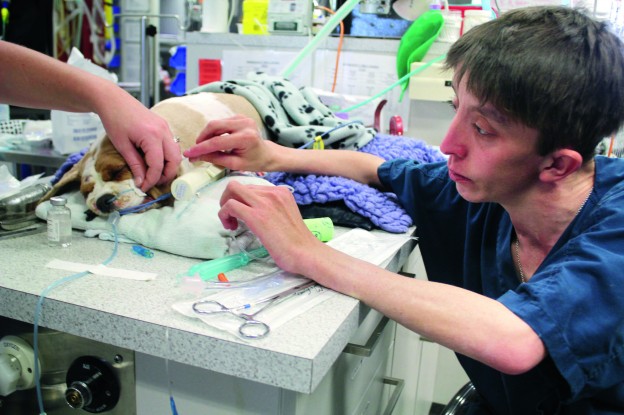Dear Dogs Life,
My boy is a Maremma and he’s very scared of brooms and sticks. We’ve never hit him, but he just bolts when he sees them. How can I help manage his phobia? Also, my bitch was desexed a few weeks ago, and ever since then she has turned crazy, barking at everyone and trying to bite. What can I do?
– Ajana McKenzie, via Facebook
Dr Kersti Seksel says: You have two very separate issues here, but what is similar to both dogs is that behaviour is influenced by a combination of the dog’s genetics, learning from previous experiences and the current environment of the dog.
So let’s look at your boy’s behaviour first. Many factors can contribute to a fear of items such as brooms and sticks. Your Maremma may never have been exposed to brooms and sticks during his socialisation period (which occurs between three and 12 weeks of age). This means that he sees what seem like everyday items as strange or scary. He may also have had a bad experience, such as a broom accidentally falling on him during this time. The socialisation period is an important time in your puppy’s development, as this is when they need to encounter many different objects, people, animals and situations in a non-threatening way. Your puppy’s experiences during this time can influence how he feels about the same situations later in life. If something scared him during this time, he may well be scared of it when he is an adult.
It is very important to never force him into any situation that he is frightened of, or force him to come close to anything that he is not comfortable with. You can also try to build a positive association with brooms and sticks by using food or a favourite game or toy. Give him a treat or let him play with his favourite toy whenever the broom or sticks are in the vicinity. As he feels more comfortable with these items, you can try moving slightly closer to the broom, give him a treat and when he is comfortable with taking treats near the broom or stick you can then touch it and give him a treat. Over time you may be able to gradually sweep a very small area while tossing him his favourite tasty treats. Do this very gradually, with many small one- to two-minute sessions. Always work within his comfort level and stop as soon as he is looking worried. If his fear of these items does not decrease, or he starts to fear other items or situations, you may want to seek the help of a veterinary behaviourist.
Now to your female. Whenever you see a sudden change in your pet’s behaviour, you need to get her checked by your veterinarian as soon as possible. Your veterinarian can then rule out any medical problems, such as pain, which may be contributing to the behaviour. This is particularly important after a surgical procedure such as being spayed. If these new behaviours, such as barking and biting, persist after a thorough physical examination, your veterinarian may refer you to a veterinary behaviourist.




